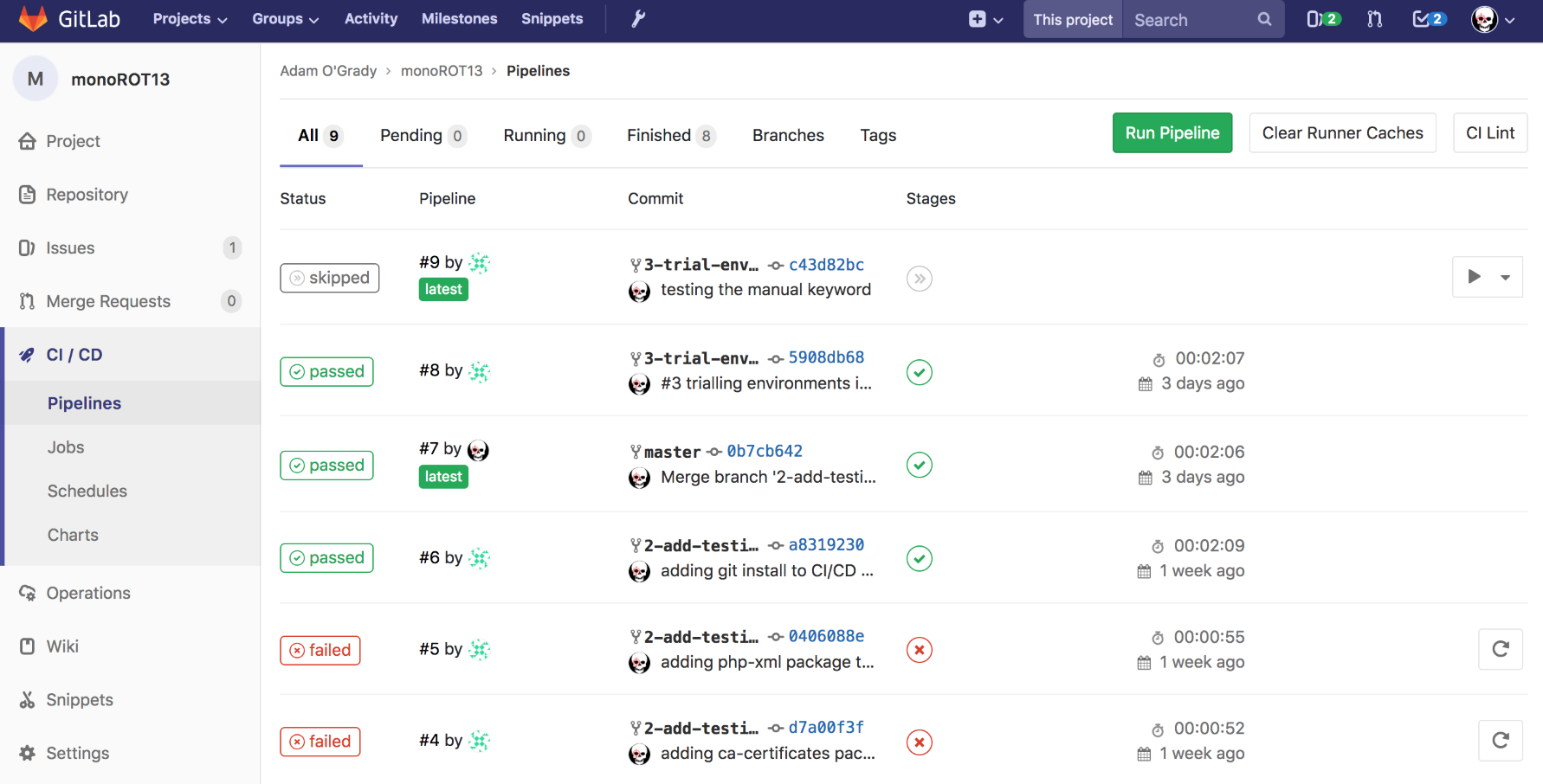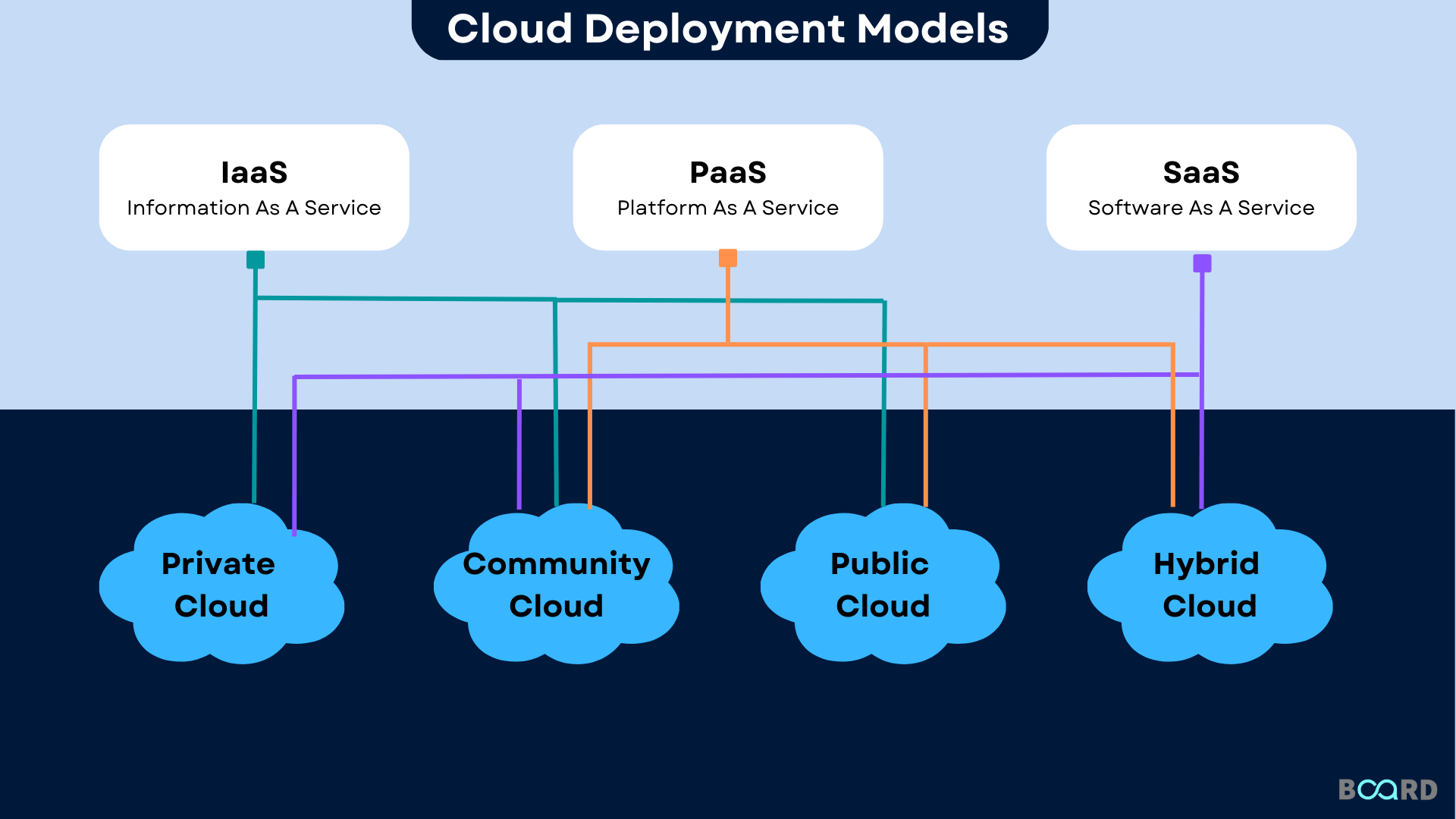Optimizing Workflow Efficiency with GitLab CI/CD: A Personal Insight
In the ever-evolving realm of software development, continuous integration and continuous deployment (CI/CD) have become paramount in automating and enhancing the development process. My journey through the tech industry, from a Senior Solutions Architect at Microsoft to leading my own consulting firm, DBGM Consulting, Inc., has enabled me to appreciate the intricacies and the importance of robust CI/CD processes. Among the numerous tools I’ve encountered, GitLab CI/CD stands out for its seamless integration and extensive automation capabilities.
Why GitLab CI/CD?
With a background deeply rooted in Artificial Intelligence, Cloud Solutions, and Legacy Infrastructure, the transition or implementation of CI/CD pipelines using GitLab has provided substantial benefits. GitLab CI/CD offers a single application for the entire software development lifecycle, making it a versatile choice for my diverse range of projects, from AI innovations to cloud migrations.
What sets GitLab CI/CD apart is its intuitive interface and powerful automation tools, which streamline the integration and deployment processes. This not only optimizes workflow efficiency but also ensures consistency and reliability in deployments – a necessity in today’s fast-paced development cycles.

Integrating GitLab CI/CD into Our Workflow
At DBGM Consulting, Inc., our endeavour towards integrating cutting-edge technologies into our services has led us to leverage GitLab CI/CD for several internal and client projects. The capacity to automate testing, build processes, and deployments not only augments our efficiency but also aligns with our commitment to delivering superior quality solutions.
One particularly impactful application of GitLab CI/CD in our workflow was during a recent multi-cloud deployment project. Utilizing GitLab CI/CD allowed us to automate the deployment across different cloud environments, significantly reducing manual errors and deployment times.

Benefits and Challenges
The adoption of GitLab CI/CD into our projects has been immensely beneficial, offering:
- Efficiency: Automation reduces manual tasks, speeding up the development cycle.
- Consistency: Standardized pipelines ensure that deployments are consistent across all environments.
- Scalability: Being cloud-native allows for easy scaling as project demands grow.
However, the journey hasn’t been without challenges. The learning curve for setting up complex pipelines and the need for constant updates to keep up with GitLab’s new features require ongoing dedication and learning. But the payoff, in terms of operational efficiency and deployment reliability, is undeniably worth the effort.
Final Thoughts
As someone who has spent years navigating the intricacies of IT infrastructure, the adoption of GitLab CI/CD at DBGM Consulting, Inc., and my personal projects, represents a significant optimization of how we approach software development. My penchant for exploring and utilizing efficient, reliable tools in the realm of IT has found a strong ally in GitLab CI/CD.
In conclusion, the balance of challenges and benefits that GitLab CI/CD offers aligns perfectly with my philosophy in both my professional and personal tech endeavors. It stands not just as a tool, but as a catalyst for embracing the future of software development—an area I’m deeply passionate about, especially given my background and experiences.